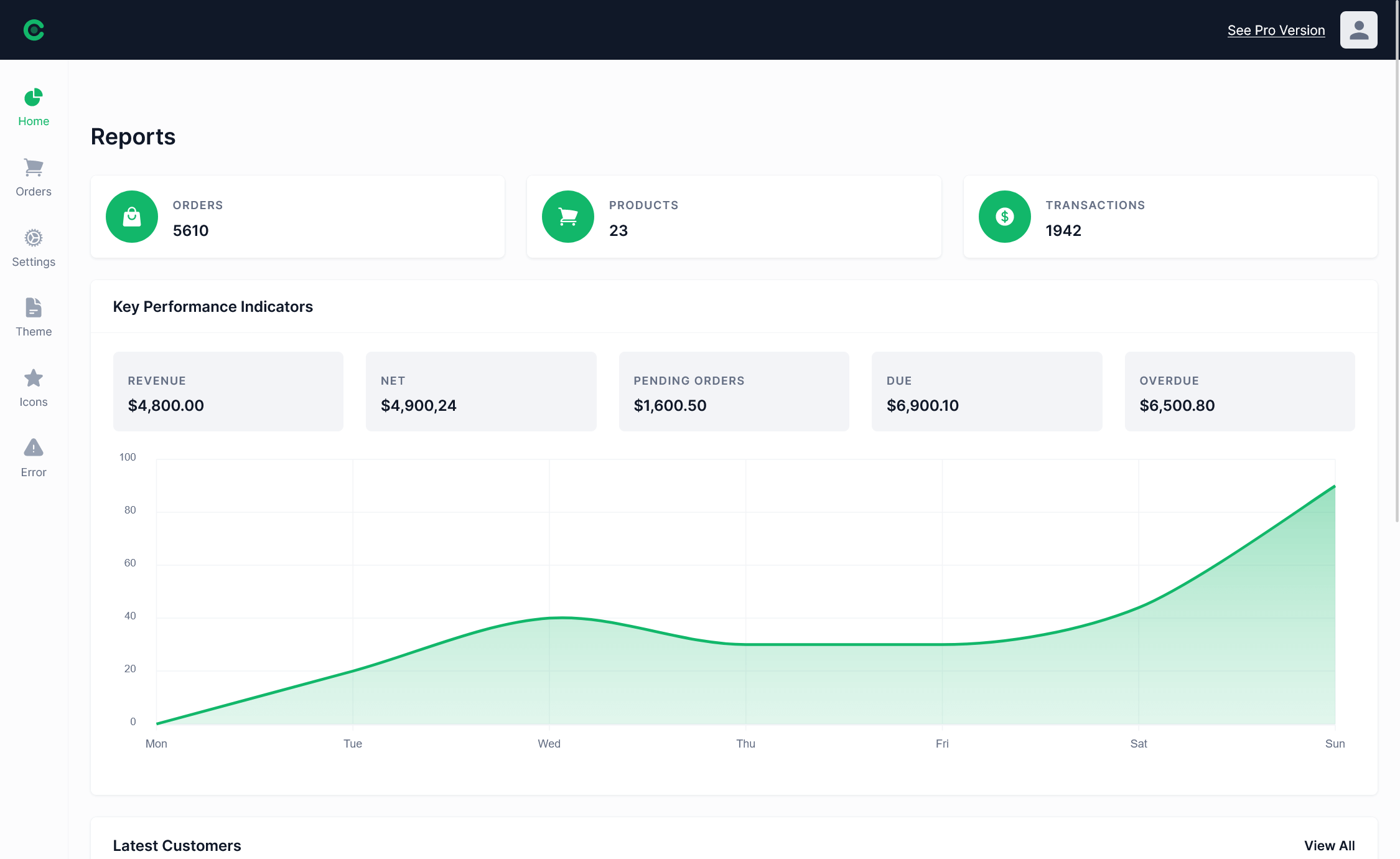How to convert timestamp to date in C#
By Tan Lee Published on Nov 16, 2024 972
A timestamp in C# represents time as the number of seconds (or milliseconds) since the Unix epoch (January 1, 1970). Converting a timestamp to a date is often required for proper representation, as it provides a human-readable format of the time.
This conversion is important for accurately displaying information about files, folders, or packages. It ensures that both date and time are available, helping to provide precise details and proper context for any time-based data.
How to Convert Timestamp to Date in C#?
If you have a Unix timestamp, you can convert it to a DateTime as follows:
For example:
// convert timestamp to date c#
// Example Unix timestamp (milliseconds since Unix epoch)
long unixTimestamp = 1413761632;
// Convert to DateTime
var dateTime = new System.DateTime(1980, 1, 1, 0, 0, 0, 0);
dateTime = dateTime.AddSeconds(unixTimestamp);
System.Console.WriteLine($"{dateTime.ToShortDateString()} {dateTime.ToShortTimeString()}");//10/18/2024 11:33 PMThis program demonstrates how to convert a Unix timestamp into a human-readable date format. Specifically, it shows how the Unix timestamp corresponds to the date and time of October 18, 2024, at 11:33 PM in the output.
If the timestamp is in milliseconds, you can use FromUnixTimeMilliseconds method:
For example:
// Example Unix timestamp (milliseconds since Unix epoch) long unixTimestamp = 1617845980123; // Convert to DateTime DateTime dateTime = DateTimeOffset.FromUnixTimeMilliseconds(unixTimestamp).DateTime; //4/8/2021 1:39:40 AM Console.WriteLine(dateTime);
This program demonstrates the conversion of a Unix timestamp to a DateTime object in C#. The output shows the accurate calculation of the converted DateTime based on the given Unix timestamp.
C# Date to milliseconds converter
To convert a DateTime to milliseconds in C#, you can use the DateTime object and subtract it from the Unix epoch (1970-01-01) to get the number of milliseconds.
For example:
// Your DateTime object (example: current time)
DateTime dateTime = DateTime.Now;
// Unix epoch (1970-01-01 00:00:00)
DateTime epoch = new DateTime(1970, 1, 1, 0, 0, 0, DateTimeKind.Utc);
// Calculate the number of milliseconds
long milliseconds = (long)(dateTime.ToUniversalTime() - epoch).TotalMilliseconds;
// Output the result
Console.WriteLine($"Milliseconds since Unix epoch: {milliseconds}");In this example:
DateTime.Now: Represents the current date and time.DateTime(1970, 1, 1, 0, 0, 0, DateTimeKind.Utc): Represents the Unix epoch in UTC.Subtracting the current time from the epoch gives you a
TimeSpan, and.TotalMillisecondsconverts theTimeSpanto milliseconds.
This will output the number of milliseconds since the Unix epoch (January 1, 1970).





